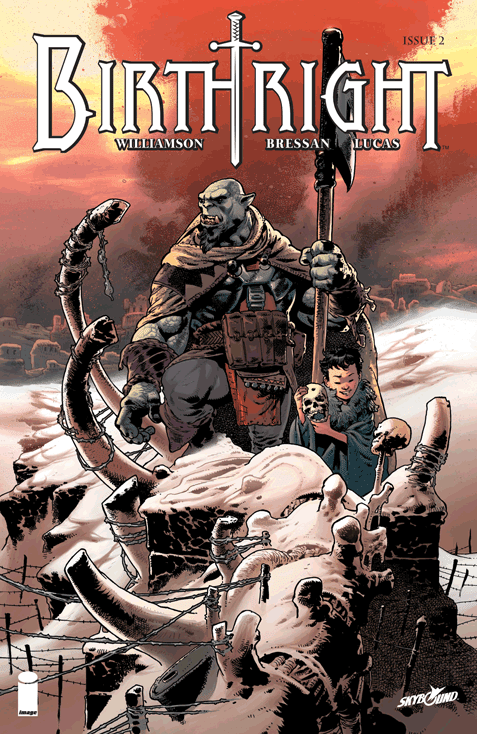I think we can admit right off the bat that the studio and creators of The Hobbit: The Battle of the Five Armies got greedy. The Hobbit, one of my favorite novels of all time (I originally read it when I was 12, the perfect age for the book), is a breezy, folksy adventure tale of a hobbit and his dwarf friends and their Wizard pal going on a grand adventure. They travel, fight elves and trolls and end up torquing off a dragon pretty badly over ownership of his gold horde. The big battle at the end of the book, also about the ownership of said gold horde, is mostly told off-camera and exists to illustrate the futility and terror of war.
The Hobbit: The Battle of the Five Armies is a different animal. Instead of telling that story, the producers have made a big-budget spectacle, full of sfx, massive battles and something around a million times the scale of what Tolkien originally envisioned. The end battle in the movie exists, if anything, to glorify the destruction of evil forces by the might of right. Surprisingly, I have room in my heart for both versions of the story.
Say what you will about director Peter Jackson, he loves Tolkien’s fictional universe and wants to portray it to the best of his ability. The new characters and storylines added to pad out the story into three films fit organically into Tolkien’s universe and their stories are interesting and well told. Their tales meander through the first two films in the series, but Jackson manages to make all diversions and sub-plots resolve themselves to the viewer’s satisfaction in the final film.
The set pieces at the ending battle are awesome. Huge, troll-driven trebuchets, human-sized vampire bats and a cast of thousands of orcs, goblins, wargs, elves, dwarves and humans are all things Jackson unleashes on the final battlefield, and they create unlimited havoc. To his credit, Jackson never loses site of the narrative throughout all of the carnage. From wide-angle attacks with thousands of warriors to personal duels between combatants, Jackson goes from story to story with accomplished precision. He’s done this before, and he’s good at it.
In the end he wraps up the action with actually fewer main character casualties than Tolkien himself. Bilbo finishes as he does in the book and the stage is expertly set for Lord of the Rings. I really did love this movie, even with its excesses. However, I couldn’t help but notice that a real Hobbit movie, from my simple Hobbit novel, exists within this bloated Hollywood blockbuster trilogy. I’d pay good money for an alternate version of the movie in the inevitable Blu-ray set. A quieter, folksy version that follows the original novel, without any non-Tolkien characters or plotlines. A movie that would run maybe two to four hours and be faithful to J.R.R. Tolkien’s original vision of The Hobbit, or There and Back Again. Oh well, I can dream.
Rating: ***** out of 5 stars


























